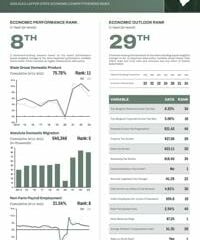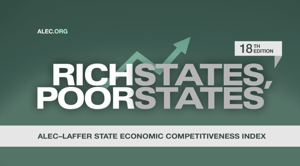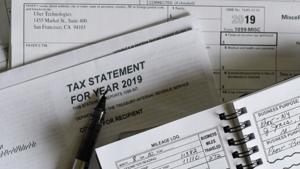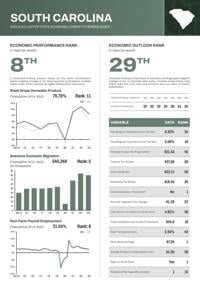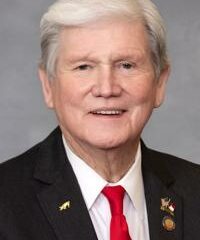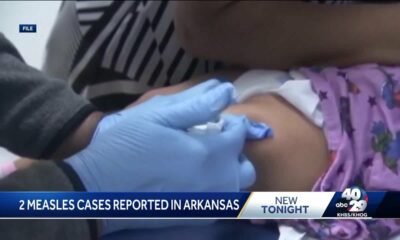This week’s economic data is all about housing, with reports on homebuilder sentiment, housing starts, and existing home sales set to provide key insights into market conditions. While affordability remains stretched, early signs suggest that sellers are adjusting expectations, and builders are adapting to a higher-for-longer rate environment.

Join economist Dr. Orphe Divounguy and Chris Krug as they discuss the housing market as we round the corner into the buying and selling season on this episode of Everyday Economics! Everyday Economics is an unrehearsed, free-flow discussion of the economic news shaping the day. The thoughts expressed by the hosts are theirs, unedited, and not necessarily the views of their respective organizations.
Support this podcast: https://secure.anedot.com/franklin-news-foundation/ce052532-b1e4-41c4-945c-d7ce2f52c38a?source_code=xxxxxx
What to Expect from Home Sales
Homes that sold in January likely went under contract in December, a period when mortgage rates jumped from 6.7% to 7.1% by month’s end. Buyers who locked in at those levels faced some of the highest borrowing costs in recent months, which could weigh on the upcoming existing home sales report.
Zillow’s latest market report confirms that demand started 2025 on a soft note:
- Nearly 23% of home listings received a price cut in January – the highest share on record for this time of year.
- But sellers are returning – new listings jumped 12% year-over-year, and inventory is now 18% higher than a year ago.
Weather disruptions also played a role.
- Los Angeles wildfires and the unusual January freeze in parts of the country likely delayed new construction projects, home tours, and closings, which could further distort January’s data.
Builders Are Meeting Buyers Where They Are
Single-family housing starts remain resilient, despite the higher-rate environment:
- Single-family construction in 2024 saw an unexpected rebound, with 1.01 million homes started, up 6.5% from 2023.
- But multifamily construction has plunged, as rent growth cools and apartment vacancies rise.
Builders aren’t just pushing forward blindly – they’re adapting to today’s buyers by shifting to smaller, denser and more budget-friendly homes. The demand for higher-density housing and mortgage rate buy-downs isn’t a temporary fix – it’s the new normal.
Mortgage Rates Remain a Key Headwind
Affordability isn’t improving fast enough.
- Existing home sales hit a 30-year low in 2024, but supply – not just demand – was a major constraint.
– 50% to 70% of sellers also need to buy again, meaning locked-in homeowners stayed put, keeping inventory tight. - Late 2024 saw a surprise rebound in sales, likely driven by pull-forward demand – buyers and sellers who feared mortgage rates could climb higher in the spring.
The good news? Mortgage rates have eased in early 2025, but it will take another month or two for this to show up in sales data.
What This Means for the Market
Multifamily developers are pulling back sharply, as rising vacancies and record apartment deliveries flood the market. However, the decline in new projects suggests vacancy rates may peak later this year or in early 2026, setting the stage for a potential rebound in valuations.
Single-family construction, on the other hand, is holding steady. While we’re now below the 1.1 million starts seen in 2021, today’s builders are proving that there’s still demand – if they build the right product at the right price.
Bottom Line
This week’s housing data will be noisy, making it difficult to draw clear conclusions on whether the market is stabilizing or still searching for a bottom. But with sellers adjusting, builders adapting, and rates easing, the foundation for a housing recovery in 2025 is taking shape.



